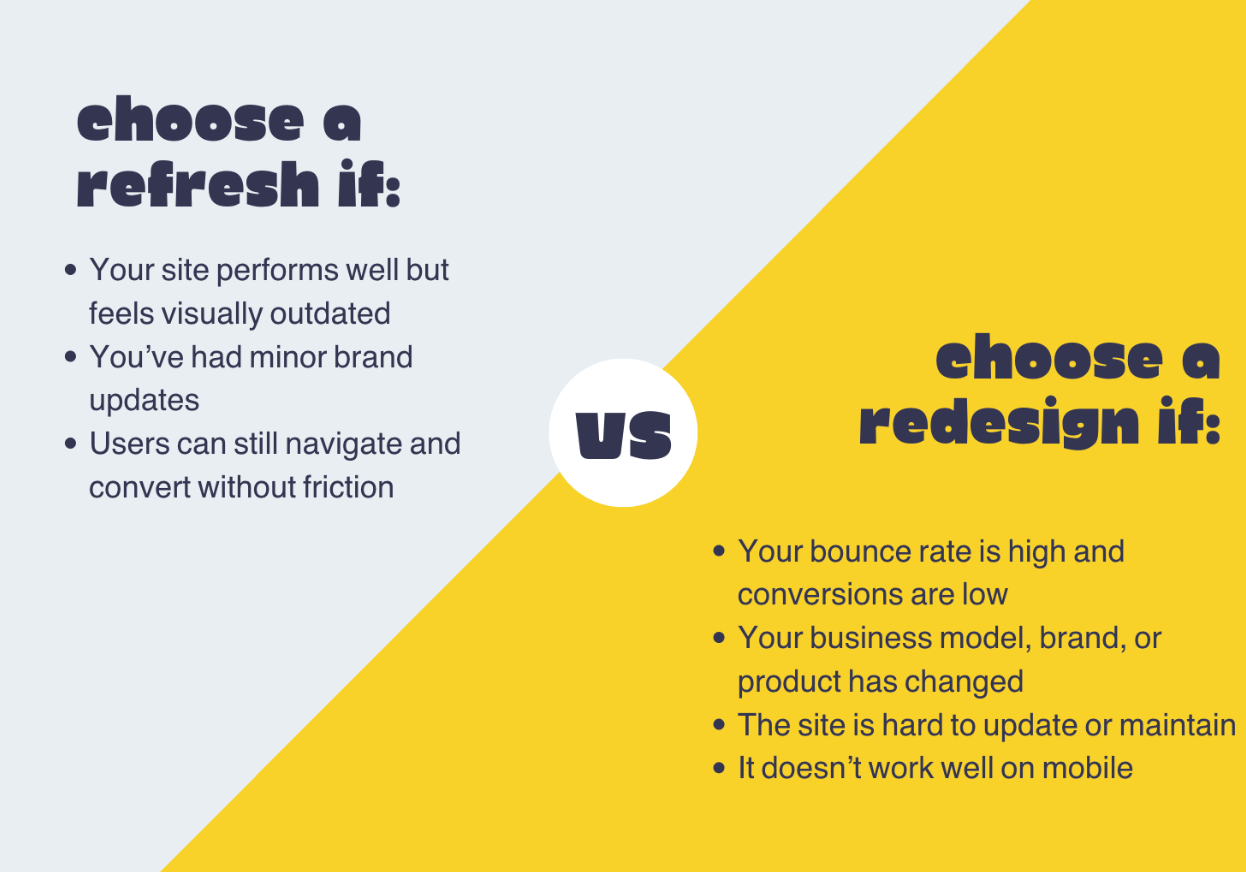Data Visualization for Your Business: What You Need To Know
Data visualization is no longer a nice-to-have skill. It’s a must-have for any manager, business owner, or shareholder who wishes to make sense of what they do for themselves and communicate important information to others. Data visualization puts complex information and processes into visual formats, so they are easier to understand and analyze. If you’re not yet using data visualization or are not entirely sure what it entails, it’s time to brush up on the concept.
What Is Data Visualization?
Data visualization is the process of transforming complex information into a visual format, such as a graph, map, or chart, for the purposes of clarifying it and making it easier to interpret. This process goes by many names, including but not limited to information visualization, information graphics, and statistical graphics. The main goal of data visualization is to help business owners, shareholders, and other interested parties identify trends, patterns, and anomalies in data sets.
Data Visualization and Audience Engagement
Data visualization has many benefits for business owners, one of which is that it increases audience engagement and contributes to your marketing efforts. Audiences tend to engage more with information to which they can relate. Because visuals produce emotional responses, a pretty data visual can elicit desired responses, two of which include driving opinion and action. If you want to learn more about your customers or encourage them to make a purchase or take some other desired response, make information about your company visual.
You can also appeal to stakeholders with data visualization. Data doesn’t just help you communicate important information to multiple stakeholders, but it also provides context , highlights the main points, and emphasizes the standard. Each of these benefits helps stakeholders to appreciate the information you present to them and makes the information more actionable.
Using Data Visualization to Streamline Internal Processes
One of the top benefits of data visualization is that it reveals patterns, trends, and insights that are not easily discernible through numbers alone. From visual data, CEOs, managers, employees, and other relevant parties can glean information regarding everything from customer behavior to internal shortcomings. This information is often actionable and can significantly transform the decision-making process, as it enables swift action.
Data visualization is so effective for streamlining internal processes that companies that report using data visualization technology are 28% more likely to find timely information than those that rely strictly on dashboards. Some other good reasons to use data visualization are as follows:
- Employees are 30 times more likely to read and act on high-quality infographics than they are text.
- When you present directions visually, employers are likely to follow them 323% more accurately than if you were to leave the illustrations out.
- Graphs and visuals can boost the believability of the information you present by 31% .
Tips for Using Data Visualization Effectively
Data visualization is only as effective as the visual itself. An effective visual is one that is visually appealing and designed with your audience in mind. If you include interactive elements, you should do so with the goal of deepening engagement and not merely spicing up your visual, which a skilled design firm like Olive Street Design can help you do. Finally, your visual should tell a story in a way that compels your audience to internalize (and react emotionally) your data.
Finally, it’s important that, if you print your visuals, you convert them into images that will maintain their quality even on paper. You can find directions for doing so online, or you can use a PDF to JPG online converter .
Data visualization is crucial for business success. If you have yet to adopt data visualization processes, now is the time to do so.
The post Data Visualization for Your Business: What You Need To Know appeared first on Olive Street Design.



















